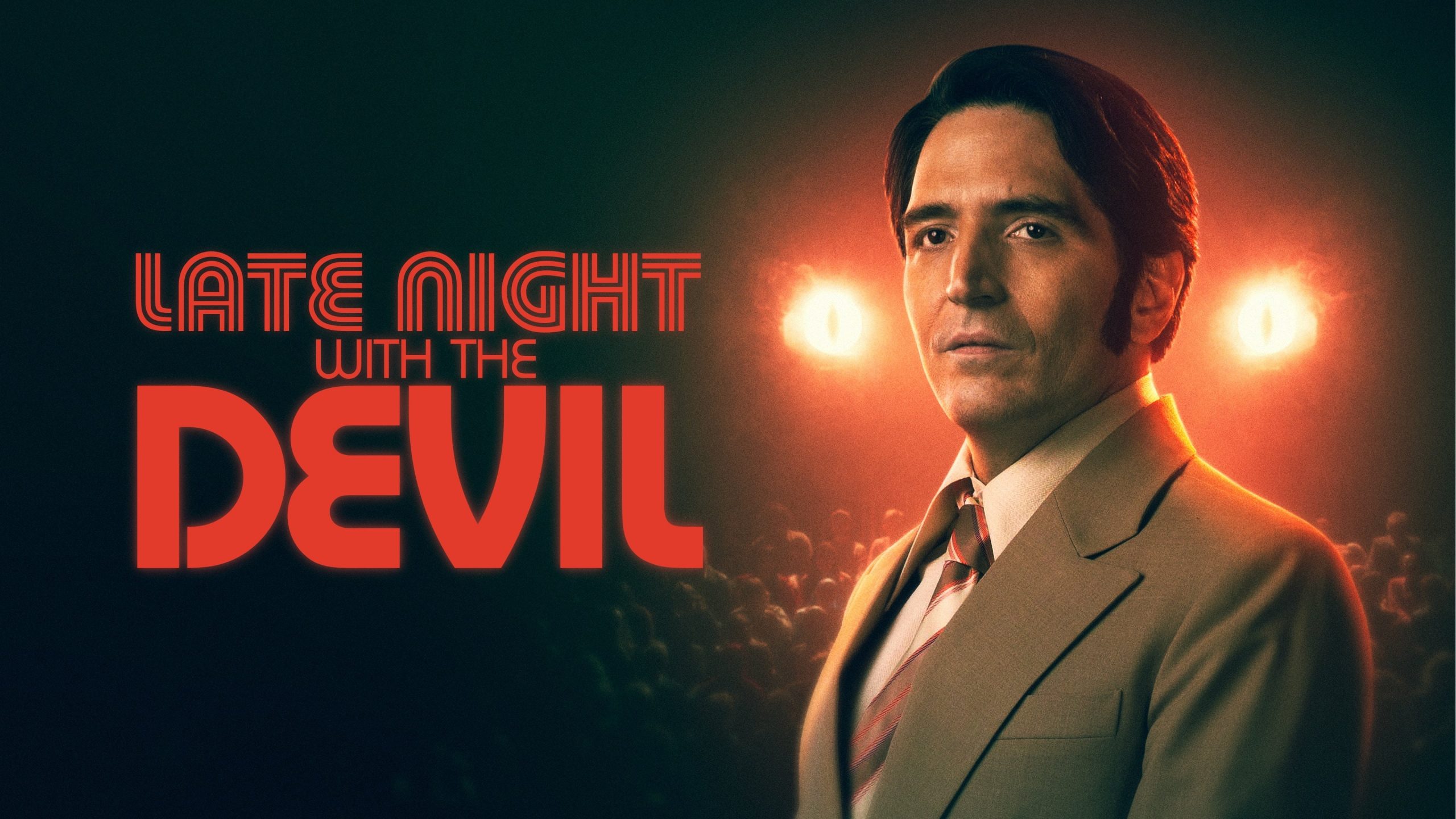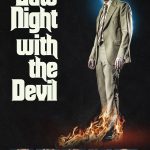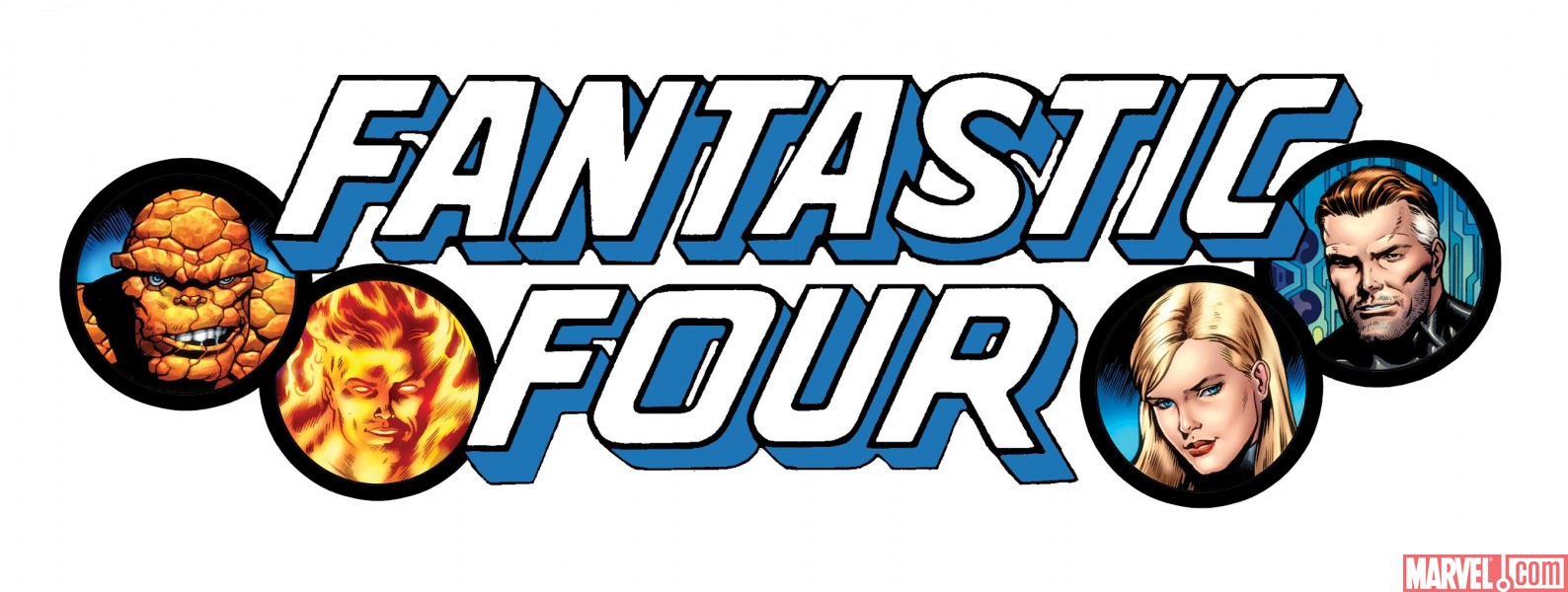Overview
A live broadcast of a late-night talk show in 1977 goes horribly wrong, unleashing evil into the nation's living rooms.
In 1977 a late night talk show aired its final show live on Halloween, in this found footage-esqe horror film from Cameron and Colin Cairnes.
Presented like a documentary, the opening scenes given us some background to the life of talk show host Jack Delroy (David Dastmalchian), and his rise from radio host to late night entertainer, always struggling to compete with other late night shows such as Johnny Carson’s. We are told how personal tragedy impacted on his work, and how his show evolved to chase the ratings, leading up to the events of the Halloween episode in 1977 when things took a terribly dark turn. The episode is then played through in full, as we see interactions with psychics, sceptics, and an allegedly possessed child and her carer play out, with a slowly building aura of unease and darkness.
Delightfully dark, this is a film that plays on conventions of the possessed child trope that we’ve seen before, but the ‘live on Tv’ approach makes it feel somewhat fresh, especially when held together by such a strong central performance by Dastmalchian. The live TV approach ensures it is kept running to a tight pace, and the switching to new guests after each break keeps things interesting. Ian Bliss’ character, Carmichael, a former magician turned skeptic is a great addition, as he tries to make sense and disprove any of the supernatural elements on display. As things get darker and darker, with the introduction of the possessed girl Lilly, Carmichael’s retorts provide some dark laughs to alleviate the tension perfectly.
However, there are a couple of issues with the film. Now I’m not going to talk about the use of AI to generate the transitional holding cards and graphic design of the film, as that’s a debate for elsewhere (I will only add that I am opposed to AI taking jobs away, and leave it at that). What, however, does damage the film slightly is the moments when the broadcast cuts to commercial breaks. At these points we get a behind the scenes view of conversations taking place, constructed in a much more conventional filmmaking style (after all, nobody would be following everyone around with camera to capture these discussions). Now, whilst these elements seemed essential to give background to explain the ‘on-air’ aspects that build up, it does break the illusion somewhat that this is a documentary, and when in the closing scenes we get a journey through the elements that led to the dark turn of the broadcast, it kind of makes a lot of those earlier interjections obsolete. Maybe had they just captured part of the break conversations via standard camera rigs, to give scrambled hints, it would have felt more natural to the approach of the rest of the film. As it stands it just feels like it breaks the immersion somewhat.
But thankfully, it doesn’t damage things too much, and any issues are easily overlooked due to Datmalchian’s standout performance. This is an actor who has always shone in support roles throughout his work, and seeing him central to a film, allowing him to really demonstrate everything he can offer, is a treat. He plays charming, smarmy, troubled, distressed, all at once with aplomb, ensuring that audiences can engage with him and care about the events transpiring.
Overall, Late Night With The Devil is a fun, fresh play on old ideas, and certainly one of the best Shudder original films to date. Well worth checking out, especially if you can get to see it on the big screen with a packed audience.




